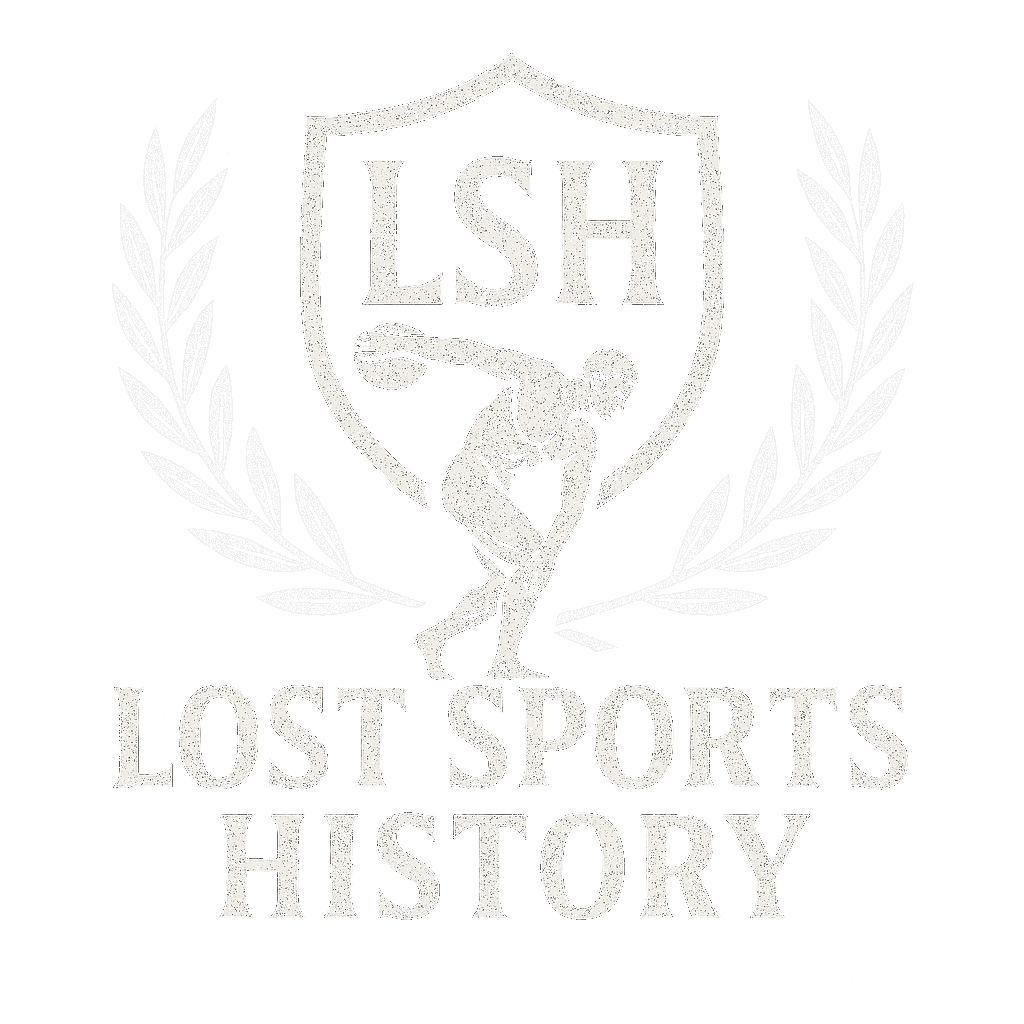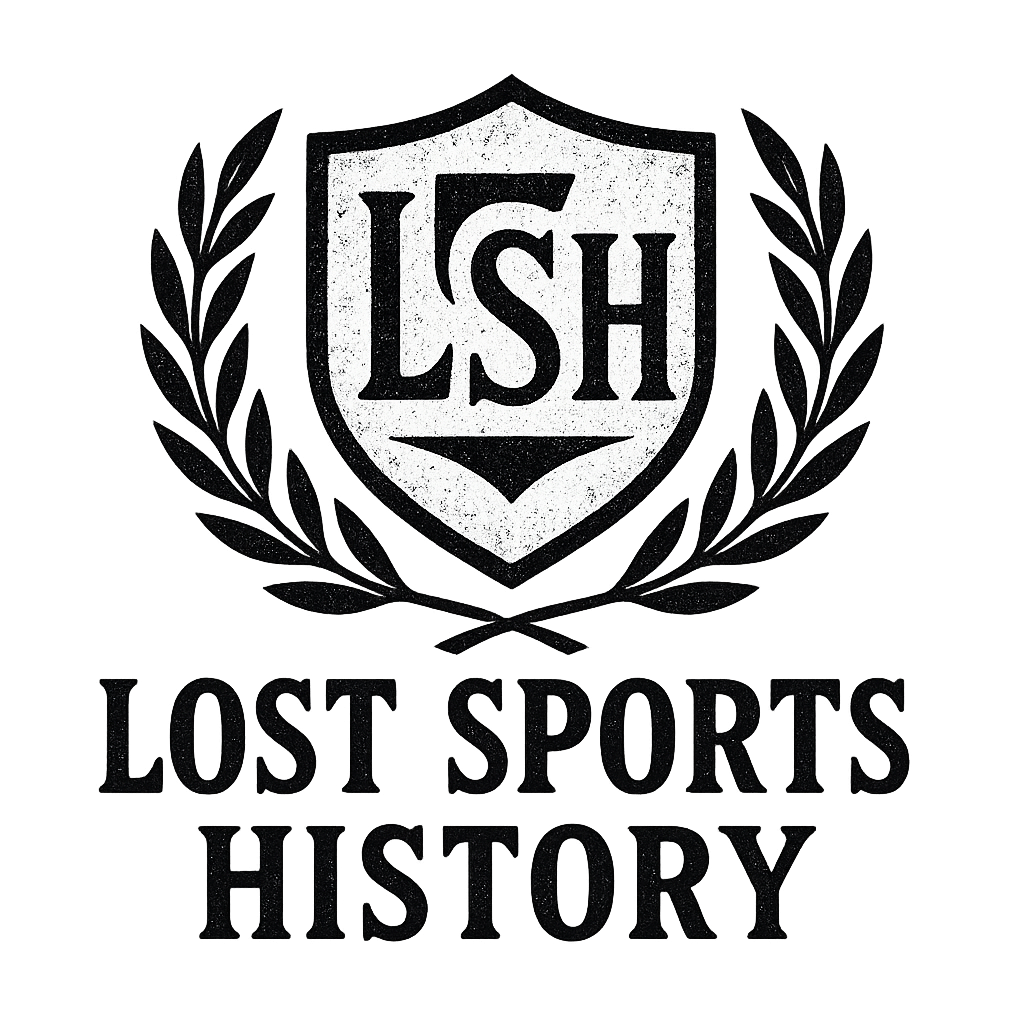Now Reading: Which Ancient Civilizations Were the Most Obsessed with Sports?
-
01
Which Ancient Civilizations Were the Most Obsessed with Sports?

Which Ancient Civilizations Were the Most Obsessed with Sports?
Sports in ancient civilizations were more than just games—they carried deep social, religious, and political meaning. Athletic prowess was often viewed as a gift from the gods, competitions could pause wars, and participation in sport was considered a sacred duty that reinforced cultural identity and unity.
The Role of Sports in Ancient Civilizations
Across various ancient civilizations, sports played a crucial role in shaping their cultures and communities. Here’s how:
- Religious Significance: Many sporting events were conducted as rituals to honor deities, with the belief that such acts would invoke divine blessings.
- Preparation for Warfare: Physical contests served as training grounds for warriors, equipping them with skills necessary for battle.
- Community Unity: Sports brought people together, fostering a sense of belonging and reinforcing cultural connections.
- Political Influence: Rulers utilized games as a means to maintain control over the populace and demonstrate their authority.
The Competitive Nature of Ancient Societies
Competition was deeply ingrained in the fabric of ancient societies. Here are some examples:
- In Mesopotamia, wrestling matches determined social hierarchy.
- Egyptian pharaohs showcased their prowess through athletic displays.
- Greek city-states sent their best athletes to compete for glory and divine approval.
These sporting events were far from being mere hobbies; they carried significant consequences. Athletes dedicated themselves to rigorous training, spectators placed large bets, and the reputation of entire cities rested on these competitions. The intensity of these rivalries reflected important cultural values such as strength, honor, and excellence.
“Sports reveal the character of a civilization as much as its art, literature, or architecture.” – Ancient Greek saying
The Legacy of Ancient Sports
The fervor for athletic competition in ancient times laid the groundwork for our modern sports culture. It established traditions that continue to shape how we engage in physical activities today.
Some ancient sports have even influenced the Olympic Games we know now. However, it’s important to note that not all sports were safe; certain games were deemed too perilous and subsequently banned or forbidden.
Moreover, history has witnessed some of the most dangerous sports known to mankind—extreme challenges that tested human limits and posed grave risks to participants.
1. Ancient Greek Sports Obsession
The Olympic Games, which began in 776 BCE as a religious festival honoring Zeus in ancient Olympia, started a sporting tradition that still influences modern games today. These sacred competitions not only brought together Greek city-states but also created a temporary peace known as the “ekecheiria“, allowing athletes and spectators to travel safely to the games.

Athletes and Their Dedication
Athletes competed in the nude, showing their commitment to physical perfection and celebrating the human body. The original Olympics had only one event – a 192-meter footrace called the stadion. As time went on, the games grew to include different categories such as:
- Combat Sports:
- Wrestling
- Boxing
- Pankration – a brutal mix of wrestling and boxing
- Track Events:
- Diaulos – double-length footrace
- Dolichos – long-distance race
- Hoplitodromos – race in full armor
- Field Events:
- Discus throw
- Javelin throw
- Long jump
Other Major Sporting Festivals
The Greeks also established three other important sporting festivals alongside the Olympics: the Pythian Games at Delphi, Nemean Games at Nemea, and Isthmian Games at Corinth. These pan-Hellenic games influenced modern athletic traditions by introducing ideas such as:
- Professional athletic training
- Four-year competition cycles
- Standardized rules and events
- The connection between physical and mental excellence
Lost Sports and Modern Revivals
Interestingly, some sports from ancient Greece have been forgotten over time. However, there are efforts to bring back these lost sports, giving modern athletes unique chances to experience these historic games firsthand.
Influence on Modern Games
Moreover, the impact of ancient sports on contemporary games can be seen in various aspects of our current sporting culture. From standardized rules to professional training programs, many elements we take for granted today have their origins in ancient practices.
Rule-Bending Traditions
Yet, not all ancient sports strictly followed the rules. Some were infamous for bending or breaking rules, a trend that still exists in some form today.
Legacy of Greek Sports
The legacy of Greek sports continues in modern Olympic traditions, including the ceremonial torch lighting and the pursuit of “citius, altius, fortius” – faster, higher, stronger. As we celebrate these ancient traditions through modern revivals or adapt them into present-day sports scenarios like comparing ancient and modern football, one thing remains certain: the spirit of competition and athletic excellence knows no bounds of time.
2. Roman Sporting Traditions
The Romans took the athletic traditions of the Greeks and turned them into grand spectacles that showcased their own cultural values. While Greek sports focused on individual achievement and honoring the gods, Roman games evolved into massive entertainment events that displayed power, dominance, and social hierarchy.
Chariot Races: The Thrilling Spectacle
The Circus Maximus became the heart of Roman sporting culture, hosting thrilling chariot races that drew crowds of up to 250,000 spectators. Professional charioteers achieved celebrity status, with successful racers like Gaius Appuleius Diocles amassing fortunes equivalent to millions in modern currency.
Gladiatorial Combat: Battles of Life and Death
Gladiatorial combat emerged as a uniquely Roman institution. These battles began as funeral rites but grew into elaborate public shows at venues like the Colosseum. Contrary to popular belief, skilled gladiators often survived their matches, developing devoted followings and earning substantial wages.

Mixed Feelings Towards Greek Athletics
The Romans had a complicated relationship with Greek athletics:
- They admired Greek athletic facilities and built their own gymnasia and palaestrae
- Many elite Romans considered nude Greek athletics “shameful” and “un-Roman”
- Roman athletes competed in Greek-style games while wearing shorts, adapting traditions to match their cultural sensibilities
New Sporting Elements Introduced by the Romans
The Romans also introduced new sporting elements:
- Naval battles staged in flooded arenas, a testament to their engineering prowess which allowed them to fill the Colosseum with water for such events as noted here
- Beast hunts featuring exotic animals
- Team-based ball games popular among soldiers
These innovations reflected Rome’s imperial reach and military might, transforming simple athletic contests into spectacular demonstrations of Roman power and engineering prowess.
3. Sports in Other Ancient Civilizations
Ancient Egypt
Ancient Egypt’s sporting traditions were deeply intertwined with religious ceremonies. During the sed-festival, dedicated to fertility gods, athletes participated in ritualistic races that symbolized the pharaoh’s power and vitality. These sacred competitions included:
- Swimming contests in the Nile River
- Javelin throwing demonstrations
- High jumping exhibitions
- Wrestling matches between chosen champions
Egyptian tomb paintings reveal athletes engaging in various sports, with wrestling emerging as a particularly popular activity. The walls of the Beni Hasan tombs display over 400 pairs of wrestlers in different positions and techniques.
Mesopotamia
Mesopotamian civilizations developed their own unique athletic traditions. The Sumerians practiced a sophisticated form of wrestling called malla-yuddha, documented in the Epic of Gilgamesh. Archaeological evidence from ancient Babylon shows:
- Wrestling competitions held during religious festivals
- Boxing matches using leather hand wraps
- Stick fighting contests between warriors
- Hunting games testing speed and accuracy
Hittites
The Hittites incorporated athletic training into their military preparation, creating specialized combat sports that combined wrestling and weapons handling. These martial contests served as both entertainment and practical warfare training, with winners receiving social status and material rewards.

Ancient Persia
Ancient Persian sports focused on horseback riding and archery, skills considered essential for both warfare and hunting. The game of chogan – an early form of polo – became a royal pastime that spread across Asia.
4. Cultural Significance of Ancient Sports
Ancient sports were more than just physical competitions; they played a crucial role in shaping civilizations. These athletic activities brought communities together and helped create a shared cultural identity.
How Ancient Sports Reflected Society
The shift from practical skills to organized sports reveals interesting patterns in ancient societies:
- Military Preparation: Athletic contests served as training grounds for warfare. Young warriors practiced their combat skills through wrestling matches, javelin throws, and archery competitions.
- Social Status: Excelling in sports often led to higher social standing. Winners enjoyed special privileges, such as tax exemptions and political influence.
- Educational Value: Many societies included sports in their educational systems, believing that physical strength improved mental development.
The Role of Ancient Sports in Society
Ancient sports also had significant roles in various aspects of life:
- Religious ceremonies and festivals
- Diplomatic relations between city-states
- Marriage ceremonies and coming-of-age rituals
- Settling disputes between rival groups
The Evolution of Sports
The transition from practical activities to formalized competitions brought about standardized rules and specialized training methods. Hunters became athletes, warriors transformed into wrestlers, and basic running races evolved into complex relay races.
The Impact of Sports on Society
These sporting traditions influenced social hierarchies, shaped the architectural designs of cities, and even affected economic systems through betting and prize money. The cultural impact of ancient sports went beyond the playing field, leaving lasting effects on art, literature, and social customs.
5. Comparing Ancient Sports to Modern Athletics
The spirit of ancient athletic competitions lives on in today’s sporting world, though with notable differences. Ancient Greek athletes competed naked to showcase their physical perfection, while modern athletes wear specialized gear designed for performance enhancement. The ancient Olympics united city-states in sacred truces, a tradition that persists in the modern Olympic movement’s mission of international peace.
Similarities Between Ancient and Modern Sports
Modern sports retain several practices from antiquity:
- The victory crown: Medal ceremonies echo the ancient olive wreath presentations
- Professional training: Like ancient athletes, modern competitors dedicate their lives to sport
- Sports facilities: Modern stadiums draw inspiration from Greek and Roman architectural designs
- Athletic scholarships: Ancient cities provided free meals and housing to successful athletes
Differences Between Ancient and Modern Sports
The differences reveal changing societal values:
- Ancient sports emphasized individual combat and raw strength
- Modern athletics focus on measurable achievements and team dynamics
- Women now compete equally, unlike in ancient times
- Contemporary sports prioritize safety regulations and athlete protection
The ancient Greek pentathlon transformed into modern track and field events. Roman chariot racing influenced modern motorsports. The brutal pankration evolved into mixed martial arts. These adaptations show how ancient sporting traditions continue shaping athletic innovation while reflecting contemporary values and technological advances.
Conclusion
The legacy of ancient sports lives on in ways both obvious and subtle. From the Olympic torch that still burns every four years to the wrestling matches that echo ancient combat traditions, these athletic roots run deep through human history.
The dedication and passion ancient civilizations showed for sports reveals a universal human drive for competition, excellence, and communal celebration. Their sporting traditions weren’t just games – they were expressions of cultural values, religious devotion, and social unity.
Ready to explore more? Visit local museums showcasing ancient athletic artifacts, read historical accounts of ancient games, or watch modern competitions that trace their origins to these remarkable civilizations. The ancient world of sports awaits your discovery.


















